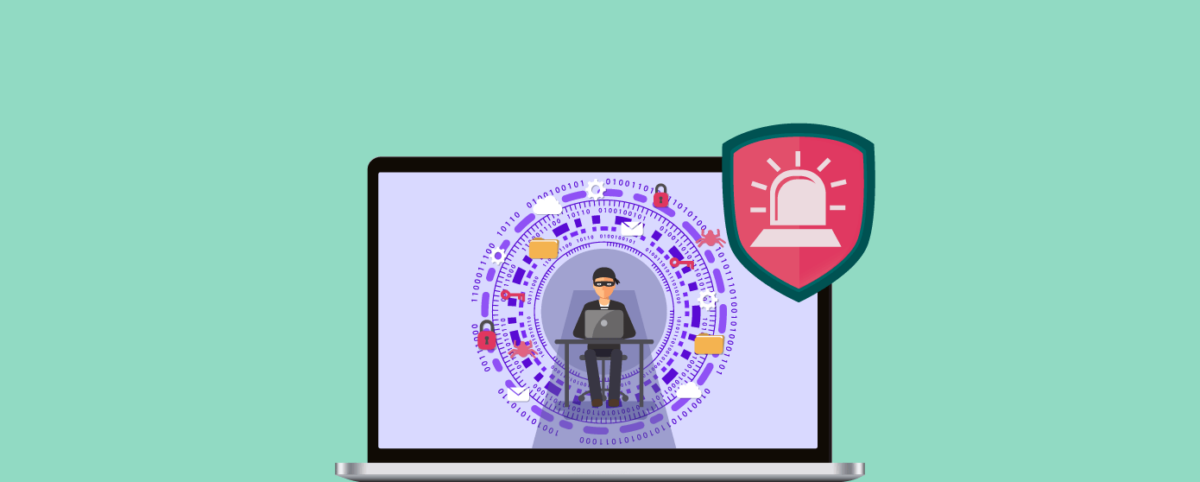Vulnerability Management Best Practices
With each organization facing over 30 critical or high-risk vulnerabilities per website/public-facing asset annually and 31% of these remaining open for over 180 days, the pressure to address vulnerabilities promptly is undeniable.
Delays in patching not only increase the risk of breaches but also erode the trust of clients, vendors, and partners while compromising compliance efforts. Having strong vulnerability management practices reassures stakeholders about data privacy and security as well as helps them stay compliant with regional regulations like PCI DSS, SOC 2, GDPR, HIPAA, and more.
This blog will detail the best practices for building an effective vulnerability management program and how it can help organizations stay secure, trusted, and compliant.
What is Vulnerability Management?
Vulnerability management (VM) is the continuous and consistent process of identifying, reporting, prioritizing, and remediating security risks (vulnerabilities, gaps, loopholes, misconfigurations, etc.) in a web application/ website. The main purpose of this process is to minimize the risk profile and fortify the security posture of the website/ web application.
6 Vulnerability Management Best Practices
1. Plan Ahead, Establish KPIs
Like any business project, vulnerability management begins with planning and strategy. This should be followed by setting up Key Performance Indicators (KPIs) to track progress and success. KPIs help guide your security team, set realistic goals, and measure the ROI of your vulnerability management solution.
Some good KPIs to include are:
- Vulnerability coverage/ comprehensiveness and vulnerabilities per server per security zone
- Scan frequency and intensity (when and how many different scans are conducted)
- The proportion of licensed assets covered by VM
- Patching duration
- The pace at which your developers are fixing vulnerabilities and the age of hitherto unfixed high-risk vulnerabilities
For more insights, check out our blog on Critical KPIs to Assess Vulnerability Management.
2. Understand and Prepare for your Elastic Attack Surface
Today’s applications are increasingly borderless, interconnected, complex, and dynamic with multiple moving parts, third-party and open source components, several layers, and complex integrations.
Scanning and assessing only the traditional network infrastructure is pointless. You must include your elastic attack surface in VM, for which you need to understand the different components of this attack surface.
The components majorly include web applications, cloud instances, containers, mobile devices, IoT devices, etc. apart from the traditional network assets. Leveraging intelligent solutions like Indusface WAS Asset Discovery will enable you to gain full visibility into your attack surface and its multiple layers.
3. Up-to-date Vulnerability Management Database
During the discovery phase of Vulnerability Management (VM), you identify all digital assets, systems, third-party connections, and IT infrastructure, including devices, applications, servers, and databases. This helps create a comprehensive view of your business’s critical assets.
However, it’s important to regularly update your VM database, as the accuracy and effectiveness of your security depend on up-to-date information.
4. Leverage Threat Intelligence
Helps you stay ahead of emerging threats by providing real-time insights into vulnerabilities and attack patterns. By integrating threat intelligence, you can prioritize vulnerabilities based on the latest threat trends, tactics, and exploitations.
This enables your team to focus on the most critical vulnerabilities, improving response times and reducing the overall risk to your organization. Threat intelligence also enhances proactive defense by offering context around known threats and adversary behaviours, allowing for more informed decision-making in securing your assets.
5. Combining Automation with Manual Intervention for Holistic Coverage
Automated scans help quickly identify common vulnerabilities, such as the OWASP Top 10, while manual intervention, like expert-led penetration testing, addresses more specific risks that automation might miss, such as business logic vulnerabilities and other application-specific threats.
By combining automated tools with manual testing, organizations can achieve holistic coverage, ensuring that no potential vulnerabilities are overlooked and reducing the risk of exploitation by hackers.
6. Report, Report, Report!
Generating detailed reports after the discovery and scanning phases of the vulnerability management process is non-negotiable. A comprehensive VAPT (Vulnerability Assessment and Penetration Testing) report should not only list identified vulnerabilities but also provide key metrics such as risk severity, exploitability, potential business impact, and the specific steps needed for remediation.
These reports should offer actionable insights, prioritize vulnerabilities based on risk and exposure, and track the progress of remediation efforts. By including these essential metrics, you ensure that your vulnerability management efforts are clear, measurable, and aligned with business priorities.
Tools and Platforms to Support Vulnerability Management Best Practices
Effective vulnerability management relies on a combination of essential tools that cover the full security lifecycle. Key components include discovery tools to identify and map your assets/APIs, vulnerability scanners to detect vulnerabilities across systems and applications, patch management tools to automate security fixes, and configuration management tools to ensure secure system setups.
Additionally, reporting tools are critical for documenting vulnerabilities, tracking remediation progress, and providing clean, consolidated vulnerability reports (with patched vulnerabilities) for all assets/sites in one place.
However, relying on siloed solutions for each of these processes can complicate vulnerability management, making it harder to maintain a cohesive security strategy. When vulnerability management tools operate independently, it can lead to fragmented workflows, missed vulnerabilities, configuration issues, and slower response times for patching and reporting.
That’s why it’s crucial to invest in integrated platforms like Indusface WAS and AppTrana WAAP, which centralize these functionalities into a single solution. These platforms simplify the management process and enable continuous monitoring, proactive risk management, and defense; helping organizations stay one step ahead of emerging threats while focusing on the core business.
Stay tuned for more relevant and interesting security articles. Follow Indusface on Facebook, Twitter, and LinkedIn.


 December 26, 2024
December 26, 2024






